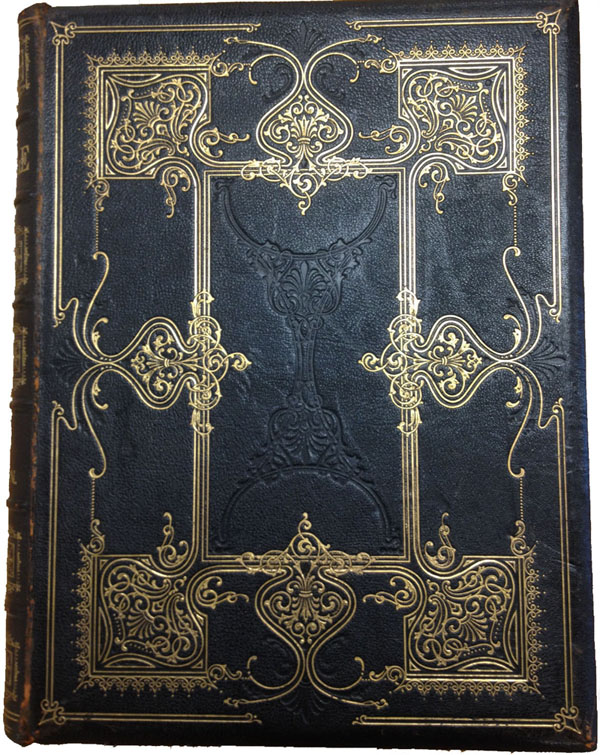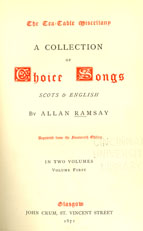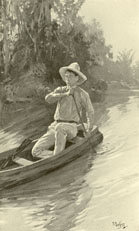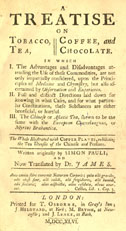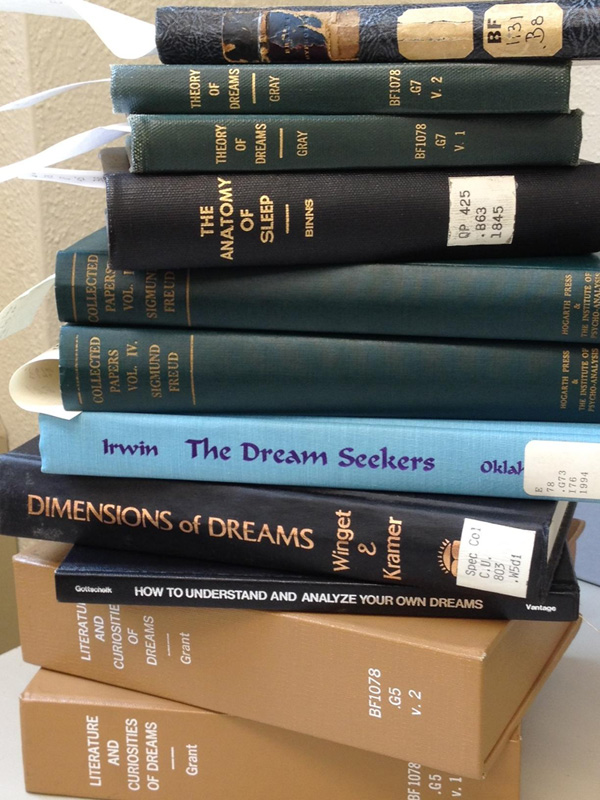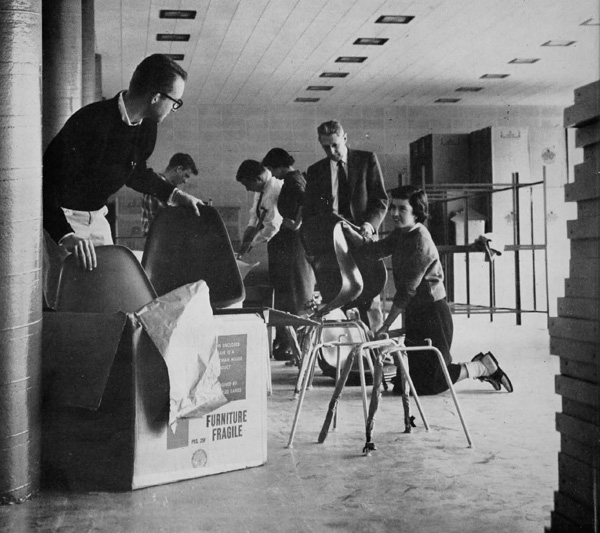 With one click, access content from 3 sources using SciVerse Hub.
With one click, access content from 3 sources using SciVerse Hub.
Search across the content of SciVerse Scopus, SciVerse ScienceDirect full-text articles, and the scientific web. See results ranked by relevancy and with no duplication.
Content includes:
- Full-text journal content from 18 scholarly publishers
- Millions of theses, dissertations, and other documents from 246 repositories worldwide
- 376 million scientific web pages from global Scientific, Technical, and Medical publishers, university and government sites
- Over 24 million patent records from 5 major patent offices
View this video to learn more about how to search SciVerse Hub
So if you haven’t searched the SciVerse Hub yet, try it today.
Bookmark SciVerse Hub or access it via the Health Sciences Library home page at http://libraries.uc.edu/hsl/ under Express Links.

